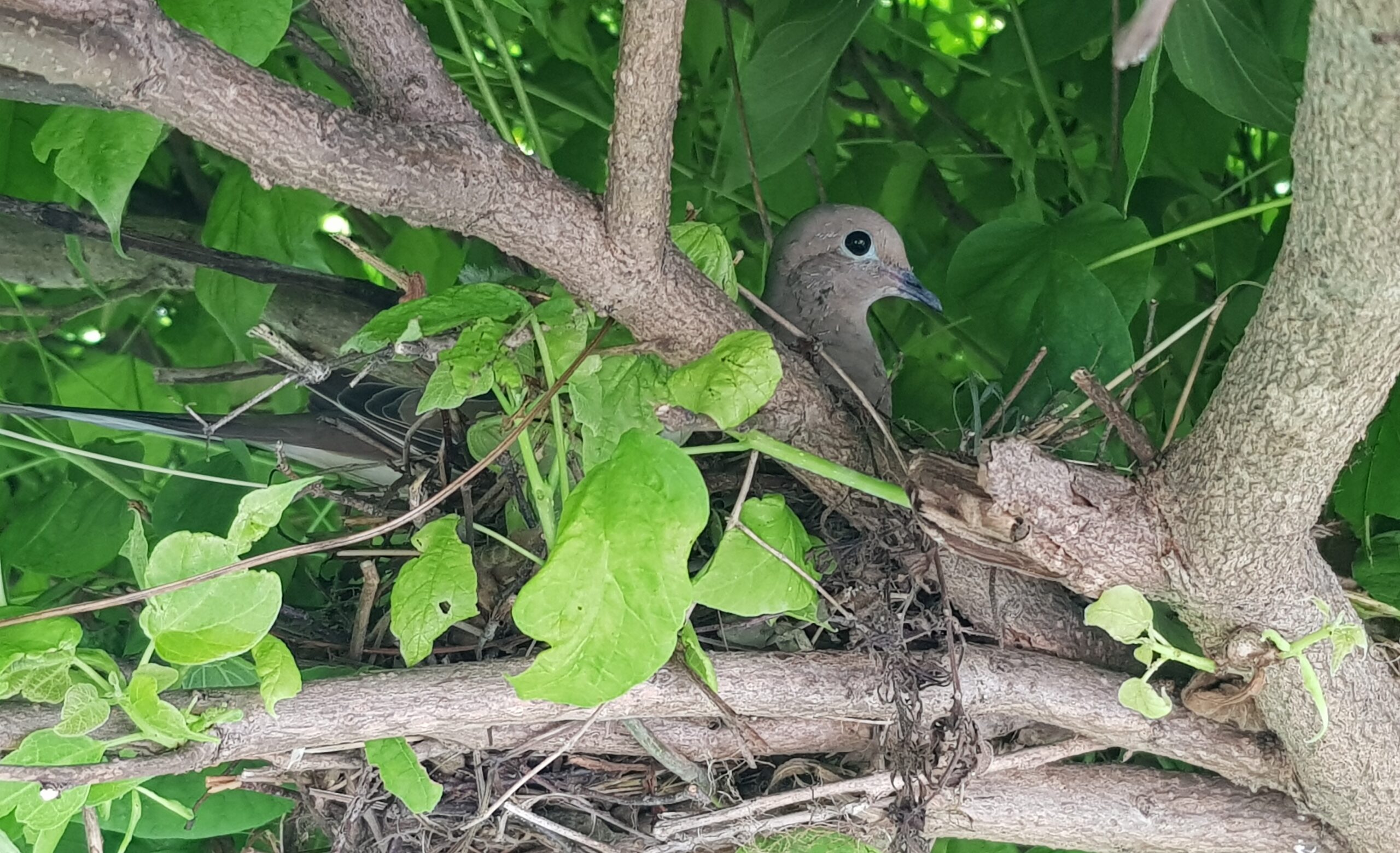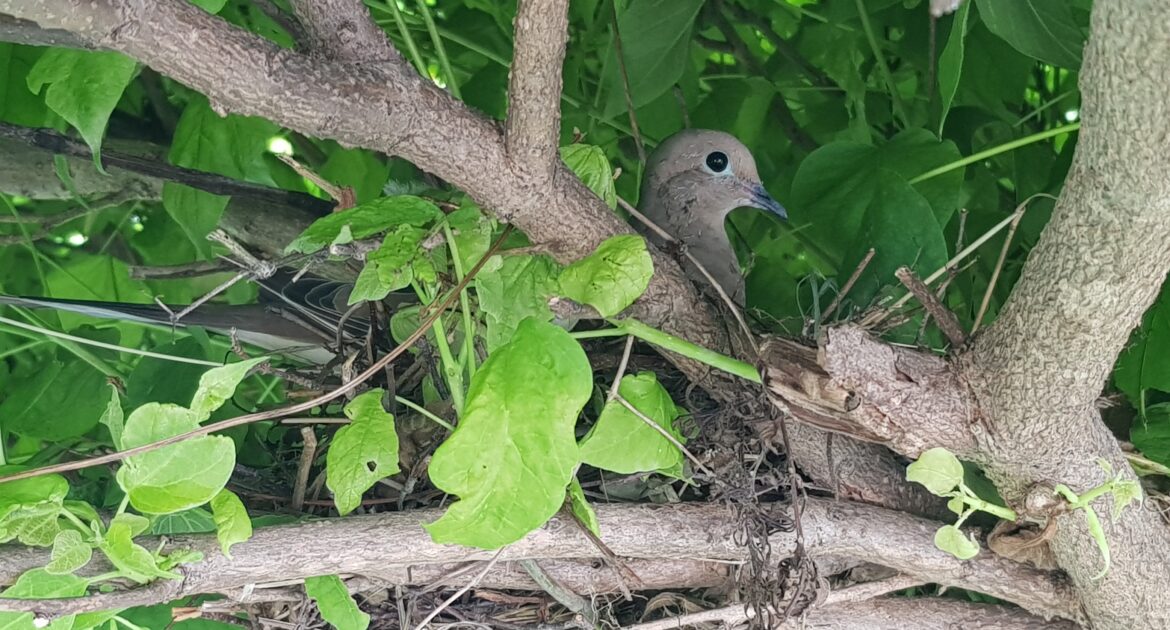The fascinating world of bird nesting habits is full of intriguing behaviours and adaptations that reflect nature’s ingenuity. From the elaborate nests of the weaver bird to the simple scrapes created by ground-nesting species, each bird species demonstrates unique strategies that serve to protect their young and ensure their survival.
Understanding these mysteries is crucial not only for bird enthusiasts but also for effective wildlife control and preservation efforts within Hamilton. By observing these rituals, we can gain insights into how birds interact with their environment, especially during nesting season when conflicts with humans often arise.
At Skedaddle Humane Wildlife Control, we recognize the significance of comprehensive knowledge about bird nesting habits. Such understanding enables us to develop strategies to manage bird populations while allowing for their natural behaviours.
Whether you’re looking for ways on how to get rid of birds naturally or need assistance with bird nest removal, our team is equipped to handle the challenges with care and respect for these remarkable creatures. We will explore the intricacies of nesting behaviours, as well as the timing and locations of nest building, and provide practical guidance for dealing with bird-related issues in a humane manner.
Variety in Nesting Locations
Birds exhibit remarkable adaptability in their choice of nesting locations, often influenced by the need for safety and access to resources. These locations can vary significantly, allowing different species to thrive in diverse environments. Here, we outline some of the key areas where birds typically build their nests:
- Trees and Shrubs: Many birds prefer to nest in the protective branches of trees and bushes. This natural cover offers shelter from predators and harsh weather conditions. Species like robins and sparrows often choose dense foliage, providing both safety and camouflage.
- Ground Nesting: Some species, such as killdeers and plovers, opt for a more exposed approach by nesting directly on the ground. They often select areas with minimal vegetation, relying on their camouflage to go unnoticed by predators.
- Human-Made Structures: In urban settings, birds frequently adapt to human environments by building nests in eaves, roof gutters, or other structures. This choice can provide safety from ground-based predators and often ensures proximity to food sources such as discarded waste or gardens.
- Cavities and Holes: Cavity-nesting birds like woodpeckers or bluebirds seek out natural hollows in trees or man-made birdhouses. These locations offer excellent protection against predation and weather extremes, making them ideal choices for raising young.
- Cliffs and Rocky Outcrops: Some species, including certain falcons and seabirds, construct nests on high cliffs or rocky ledges. The elevation provides security from land-based threats and often keeps them close to abundant hunting grounds.
Understanding these varied nesting locations and the factors that influence their choices is essential for effective wildlife management. By acknowledging the need for safe environments, we can create more bird-friendly spaces, whether it’s through mindful landscaping or proper habitat preservation.
Nest Construction Techniques
The art of building a nest is one of nature’s most intricate processes. Birds use an impressive array of materials, from twigs and mud to leaves and bits of plastic. The choice of materials often depends on what’s available, demonstrating birds’ adaptability. Some species even incorporate man-made items into their nests, a testament to their ingenuity and ability to thrive in urban environments.
Both male and female birds are typically involved in the construction process, each bringing their unique skills to the project. In many species, the male gathers materials while the female weaves them together, creating a snug and secure environment for their eggs. This teamwork underscores the cooperative nature of bird relationships and ensures the survival of their offspring.
By observing these construction techniques, we gain a deeper understanding of bird behaviour and their interaction with the environment. It also offers valuable insights for those interested in protecting local bird populations, emphasizing the importance of preserving natural materials and minimizing clutter that could harm our feathered friends.
Timing and Preparation for Nesting
Nesting season in Hamilton varies by species but generally begins in early spring, extending into the warmer months. During this time, birds are focused on preparing for their young’s arrival. They meticulously select sites, gather materials, and construct nests with precision. Once the nest is ready, the female lays her eggs, embarking on a period of incubation.
Preparation is key during this phase, with birds fine-tuning their nests to ensure optimum conditions for egg development. They adjust the structure for temperature regulation and comfort, demonstrating an incredible instinct for creating the perfect nurturing environment.
Homeowners might notice increased bird activity during this time as the creatures become more visible and vocal. Understanding this cycle helps us coexist with these creatures, allowing us to take measures to protect their habitats while managing any potential disruptions they may cause.
Protection Strategies
The survival of young birds relies heavily on effective protection strategies against predators and inclement weather. Birds exhibit a variety of methods to safeguard their nests, demonstrating their adaptability and instinctive behaviours in the wild. Here are some key strategies employed by birds:
- Location Selection: Choosing hidden or elevated sites can significantly reduce the risk of predation. For instance, many songbirds select dense thickets or high branches, where they are less visible and more difficult for predators to access.
- Dummy Nests: Some species create fake nests, known as dummy nests, to divert attention from their real nests. This clever tactic can confuse potential threats, ensuring the safety of their actual young.
- Aggressive Behaviour: Birds often confront intruders aggressively. Species like mockingbirds and crows will defend their territory by dive-bombing or chasing away larger predators, making their nesting area a less attractive site for threats.
- Camouflage and Concealment: By selecting nesting materials that blend with their surroundings, birds can disguise their nests. For example, some ground-nesting birds use dead leaves, stones, or sand to cover their eggs, rendering them nearly indistinguishable from the environment.
- Nest Structure: Certain birds build their nests with sturdy materials to withstand harsh weather, like wind or rain. For instance, mud daubers create robust nests from mud and plant fibres, ensuring protection against the elements.
Impact of Urban Environment on Nesting
The urban landscape of Hamilton presents both challenges and opportunities for birds. On one hand, urbanization can disrupt natural habitats, making it difficult for birds to find suitable nesting sites. On the other, many species have adapted ingeniously, taking advantage of city structures to build their homes.
Specific species have shown remarkable adaptability to urban life. Pigeons and sparrows, for example, frequently nest on ledges and in crevices of buildings, using them as substitutes for cliffs and trees. This adaptability demonstrates birds’ ability to thrive in diverse environments, an aspect worth appreciating and supporting.
Understanding the impact of urbanization on bird habits allows homeowners to take proactive steps in creating bird-friendly spaces. Simple actions like providing nesting boxes or minimizing noise can make a significant difference. It’s a rewarding endeavour that supports biodiversity and enhances our connection with nature.
A Glimpse Into The World Of Birds
The mysteries of bird nesting habits offer a glimpse into the intricate world of our feathered neighbours. Their adaptability and resilience are truly awe-inspiring, proving that nature finds a way to thrive even amidst urban landscapes. For homeowners in Hamilton, respecting and protecting bird habitats is an essential part of being responsible stewards of our environment.
Skedaddle Humane Wildlife Control plays a pivotal role in assisting Hamilton residents with humane wildlife solutions. Our non-invasive strategies, such as one-way doors, ensure that wildlife issues are managed responsibly without harming the creatures involved. By choosing us, you’re aligning with a company dedicated to preserving the harmony between nature and urban life.
For those interested in learning more or seeking assistance, please feel free to contact us to request a quote. Together, we can continue to support and protect the incredible biodiversity that surrounds us.




